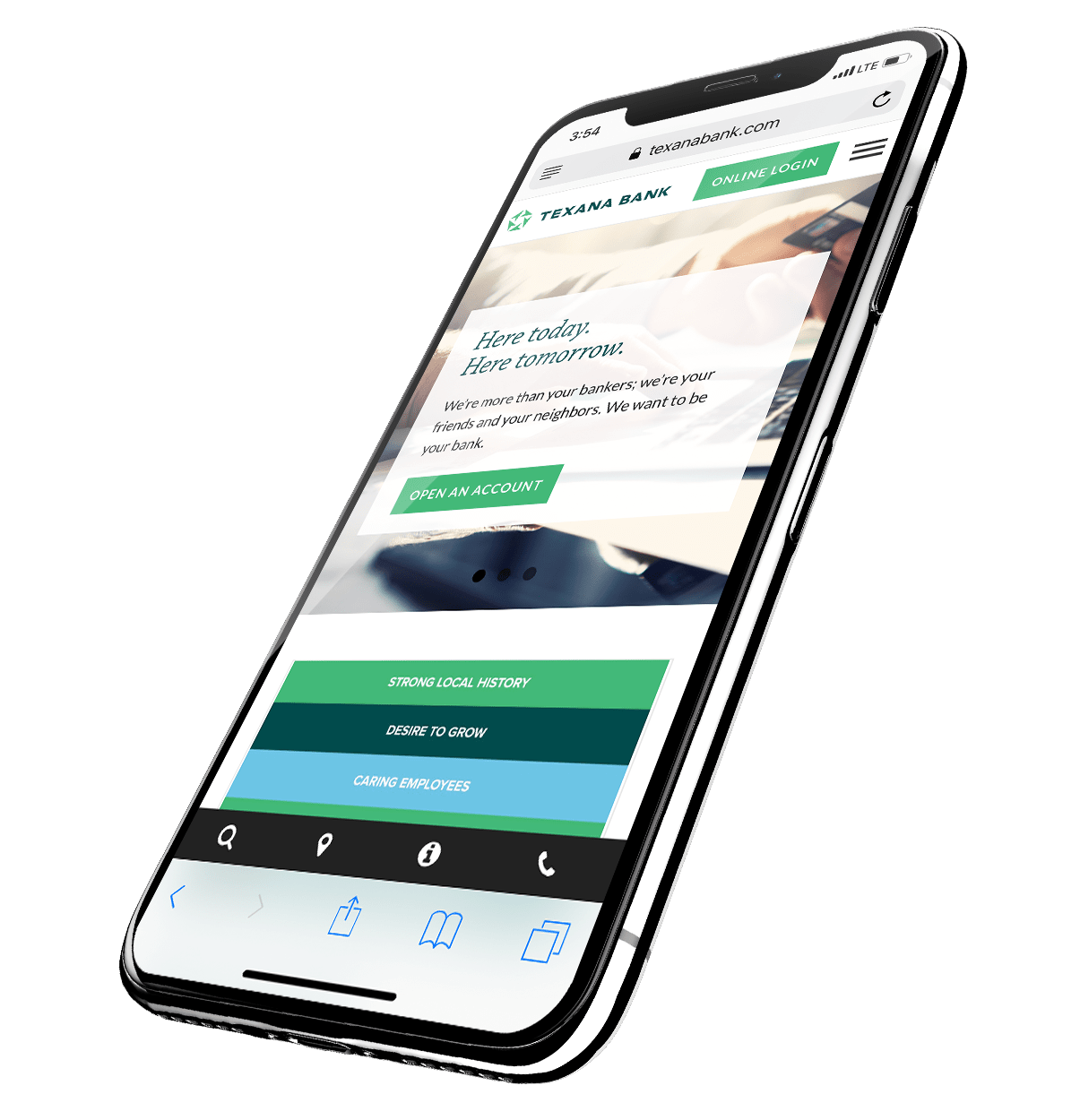Edward Teach, the pirate better known as Blackbeard, was one of the earliest and most successful designers and brand experts.
Alice Rawsthorn, in her 2014 book Hello World, uses the legendary pirate as an example of taking great care in communicating brand experience.
Imagine for a moment his brand’s “customer experience.” You’re sailing along with a ship full of goods when you see a big, ugly ship on the horizon. Just before you can make out the inscription “Queen Anne’s Revenge” on the bow, you notice a black flag rising on the mast. As the wind catches it, your greatest fears become reality. The flag is a skull and crossbones.
You make plans to evade.
You make plans to fight.
Either way, when you see the ship’s captain, a giant with a smoldering beard, you know your only choices are death or surrender.
You give up your cargo without a fight — at least most did.
Blackbeard intentionally created an image of intimidation, wonder and foreboding. The pirate used design to communicate a message more efficiently than words ever would have.
He curated his wardrobe, ship and crew (staff) to elicit a reaction.
His foes often surrendered out of sheer fear before they ever engaged in combat. Strong visual images make a message easier to communicate.
Blackbeard wanted his victims to live. After all, dead men tell no tales.
Any escapee will boast his heroism against the intimidating and insurmountable foe he faced. A sailor who has seen Blackbeard is certain to share the experience and is likely to exaggerate tales of the confrontation.
That’s how legends are born.
That’s how brands are solidified.
Franciscan Monk Richard Rohr once said in an interview, “What is it you’re doing while you’re doing what you’re doing?”
That’s a little confusing to follow, but the takeaway is this: What are you communicating to people around you as you carry out your everyday tasks?
We don’t just do things. We have an attitude when we’re performing actions. Body language, expression, energy levels and many other factors are expressed when we perform even the simplest tasks.
For all we know, Edward Teach wasn’t a great fighter or had an embarrassingly high-pitched voice, so he needed to use design and strategy to become a legend.
Edward Teach was captaining a ship, but while he was doing that, he was becoming Blackbeard. He was helping to guide his “customers” down the path he wanted them to choose primarily by using imagery.
Now, I’m sure Blackbeard’s crew would fight if they needed to, but they were probably pretty rested since most crews would just surrender.
Last week I told you that you can send signals to your consumers through design. This is one of the most important truths of marketing.
Good design can communicate to your customers without you ever having to stop what you’re doing.
A tall bank building with a stuffy, silent and cold lobby will probably keep the common man from doing business in the physical building. Conversely, a smaller, warm and welcoming atmosphere will attract people who may be opening their first account or who need individual help.
Is the big, stuffy bank bad? Not at all.
It will probably attract few clients, but the fewer customers will be business focused and have larger assets.
A generic food package design often communicates a lower price. But a consumer looking at a beautiful yogurt package will probably make the assumption that a person who takes the time to develop a better package will also take the time to source better ingredients.
What do you want to communicate to your consumers? Who are you trying to attract? Which customers do you specifically want to avoid targeting?
You can communicate all of these things through design.
You can target a better audience.
You can deliver a broader message.
You can increase perceived value.
For those of you who still think you can skip the design process, I have some bad news. You are already communicating through design.
You’re doing the same thing every day without realizing it.
Right now, while you read this newspaper or article, what are you communicating to the world around you? Is your brow furrowed in a, “Don’t talk to me, I’m concentrating,” kind of way, or are you smiling and inviting others to ask you what you’re reading?
What do your wardrobe and personal grooming communicate about you?
Personally, I like to wear a nice-fitting suit, so people know I’m all about business and pay attention to details, but I also like to sport amusing facial hair, so people know I’m a little different — more creative and open to new ideas than the next guy.
I like to think the way I carry myself prepares people for the experience of meeting with or talking to me.
Someone who isn’t open to new ideas or weird suggestions knows not to approach me, and that saves both of our time.
Take a look at your brand. Is your flag terrifying the customer in a way that demands surrender, or is it just turning them away?




